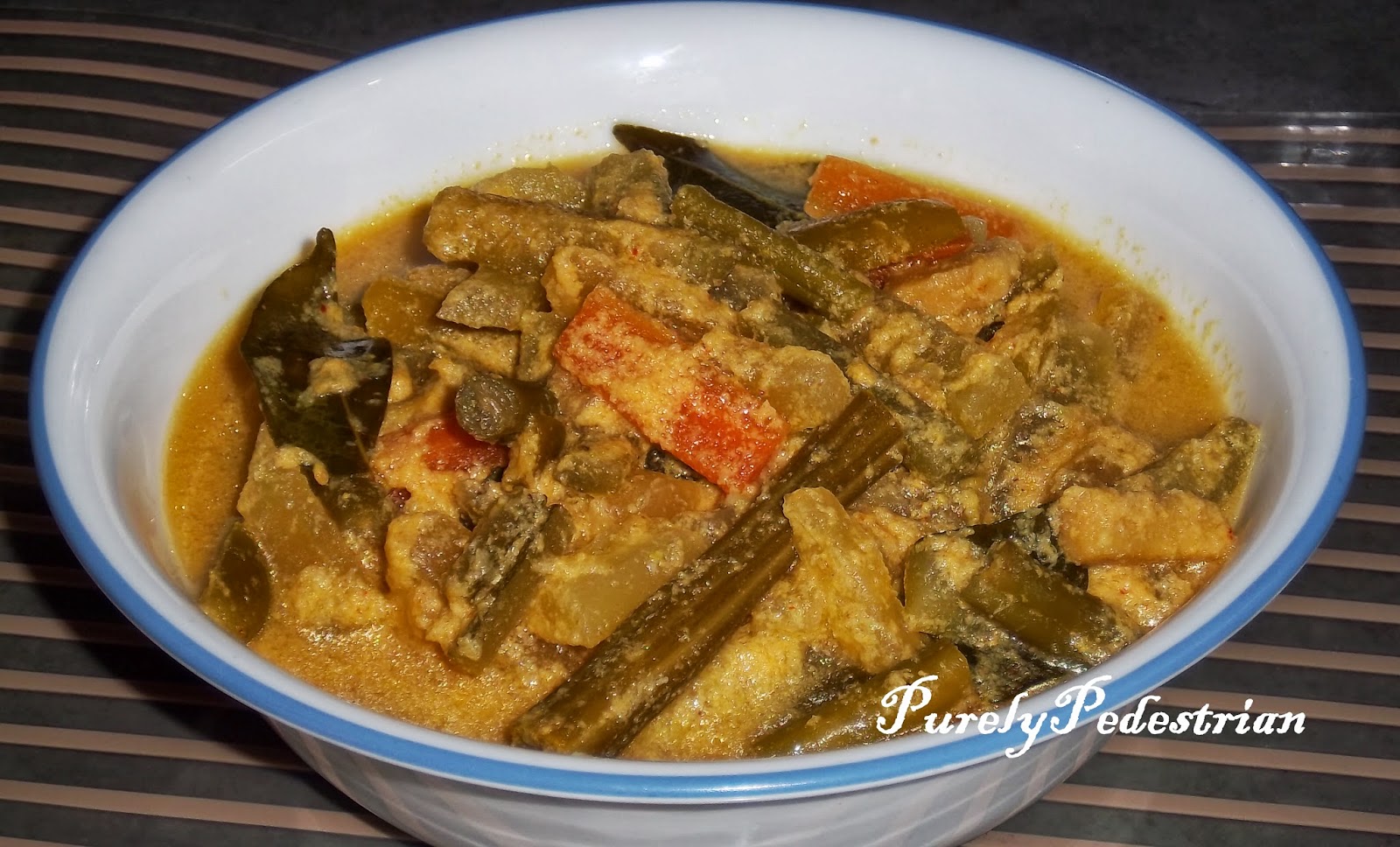Popularly known as fasting food or vrat ka khana, sago or sabudana khichdi tastes good and can be had on any day. It is a little difficult to get the sabudana khichdi right and only practice helps to get a perfect khichdi. And then sometimes the sago or sabudana ditches you and turns out to be powdery turning it into a gooey and stretchable mass. The only recourse then is to use the rest of the packet to make a so-so khichdi or add it to potato for vadas. When I started making sabudana khichdi it either turned out sticky or hard where suddenly we bit into a really hard one that questioned the health of our teeth.
After being through all of this I can now say that I do manage a decent to very good khichdi. And like my upma I make it, going by the look and feel when cooking.
Ingredients
Sago / Sabudana - 1 cup
Peanuts - 1/2 cup
Cumin / Jeera - 1tsp
Green Chilli - 3
Potato - 1
Salt as per taste
Sugar - 1/2tsp
Oil - 2tbsp
Put the sabudana in a container that holds about 3 to 4 cups. Give it a quick rinse and soak it in water - the water should be about 1inch more than the level of the sabudana. Check after about 30 minutes, the sabudana would have expanded a little, drain the water. Add some salt and fluff the sabudana with the help of a fork and keep covered for about 2 hours.
In a flat pan put in the raw peanuts and dry roast it on low heat, stirring it on and off. Take it off the gas when done and wrap it in a kitchen towel and rub it so the skin comes off. Discard the skin and crush the peanuts in a dry grinder. You can powder the peanuts incase you don't want to bite into the peanut.
Powder the cumin seeds in a dry grinder or with a mortar and pestle.
Peel and dice the potato into small pieces.
Heat a pan, add 1tbsp oil and on low heat fry the potato pieces till golden brown. Sprinkle a pinch of salt on it and scoop the potato pieces out. In the same pan add 1tbsp oil and when hot add the cumin powder. Stir it and add the green chilli and the sabudana. Stir it well and ensure its mixed well. Keep the heat on low and cover with a lid and let cook. After 5 minutes check the sabudana, it would not have cooked completely but it should be slowly turning translucent. If you feel the sabudana is drying up and is hardening instead of softening, sprinkle a little water (about 1 to 2 tbsp). Add the crushed / powdered peanuts, adjust the salt and mix really well. Cover and cook for another 2 to 3 minutes and check again. The sago is done when it has turned completely translucent and it should be completely soft when bitten into. It should take about 10 to 12 minutes for the sago to cook completely. Sprinkle the sugar and mix well then add the potato pieces and mix again. Take it off the heat and the sabudana khichdi is ready to serve.
Enjoy with some fruit slices
Tips I found useful:
1. Use a non-stick pan which is wide to easily spread and stir. It helps to keep the sabudana separate.
2. If soaking overnight then drain the water out but keep the sabudana moist and covered.
3. The crushed / powdered peanuts helps in keeping the sabudana dry and separate.
4. Crushed peanuts, green chillies and salt can be added to the sabudana 10 minutes before cooking and then added to the pan. This is another way.
5. Add a little extra peanut powder if the sabudana is soggy, peanut powder absorbs the excess moisture.
6. If the sabudana is dry or drying up - keep a bowl of water next to the stove and dip your fingers into the water and sprinkle this onto the sabudana. This ensures just a few drops get sprinkled.
5. Add a little extra peanut powder if the sabudana is soggy, peanut powder absorbs the excess moisture.
6. If the sabudana is dry or drying up - keep a bowl of water next to the stove and dip your fingers into the water and sprinkle this onto the sabudana. This ensures just a few drops get sprinkled.


















































